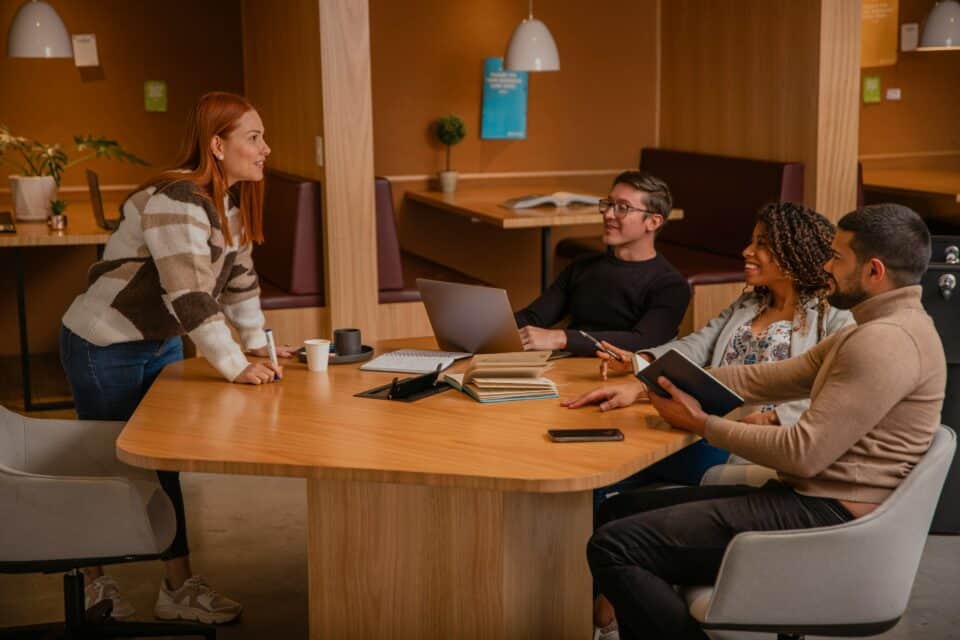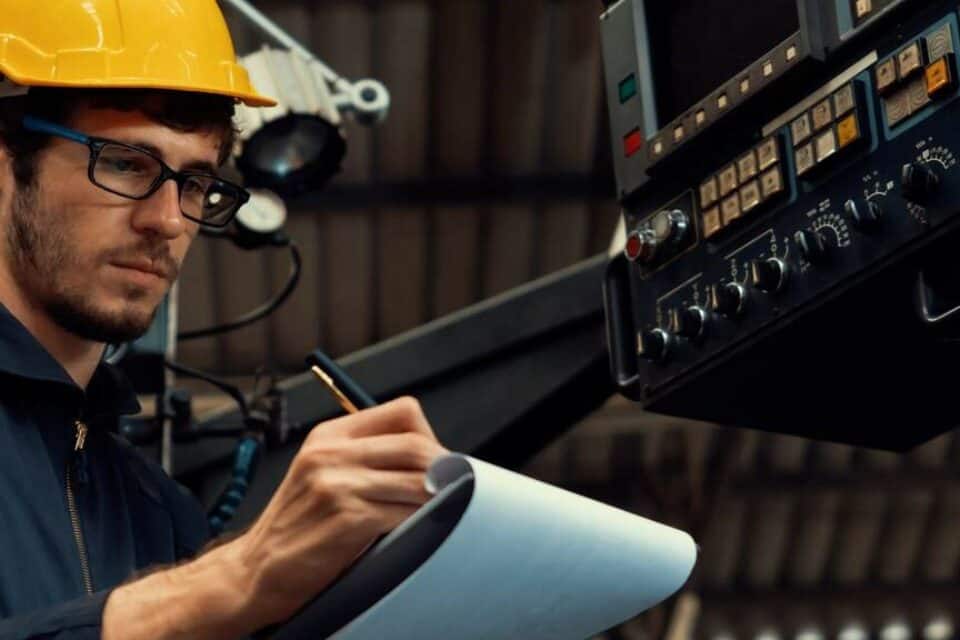
The chief of staff role in a tech company is essential for operational efficiency and strategic alignment. Acting as a bridge between leadership and teams, chiefs of staff manage daily operations, oversee strategic projects, and foster clear communication. In the fast-paced tech industry, they tackle unique challenges like rapid scaling, cross-functional collaboration, and innovation. Success requires leadership, emotional intelligence, and technical fluency. This dynamic role enables organizations to navigate growth while staying aligned with their goals. Learn how chiefs of staff drive impact in the tech world.








